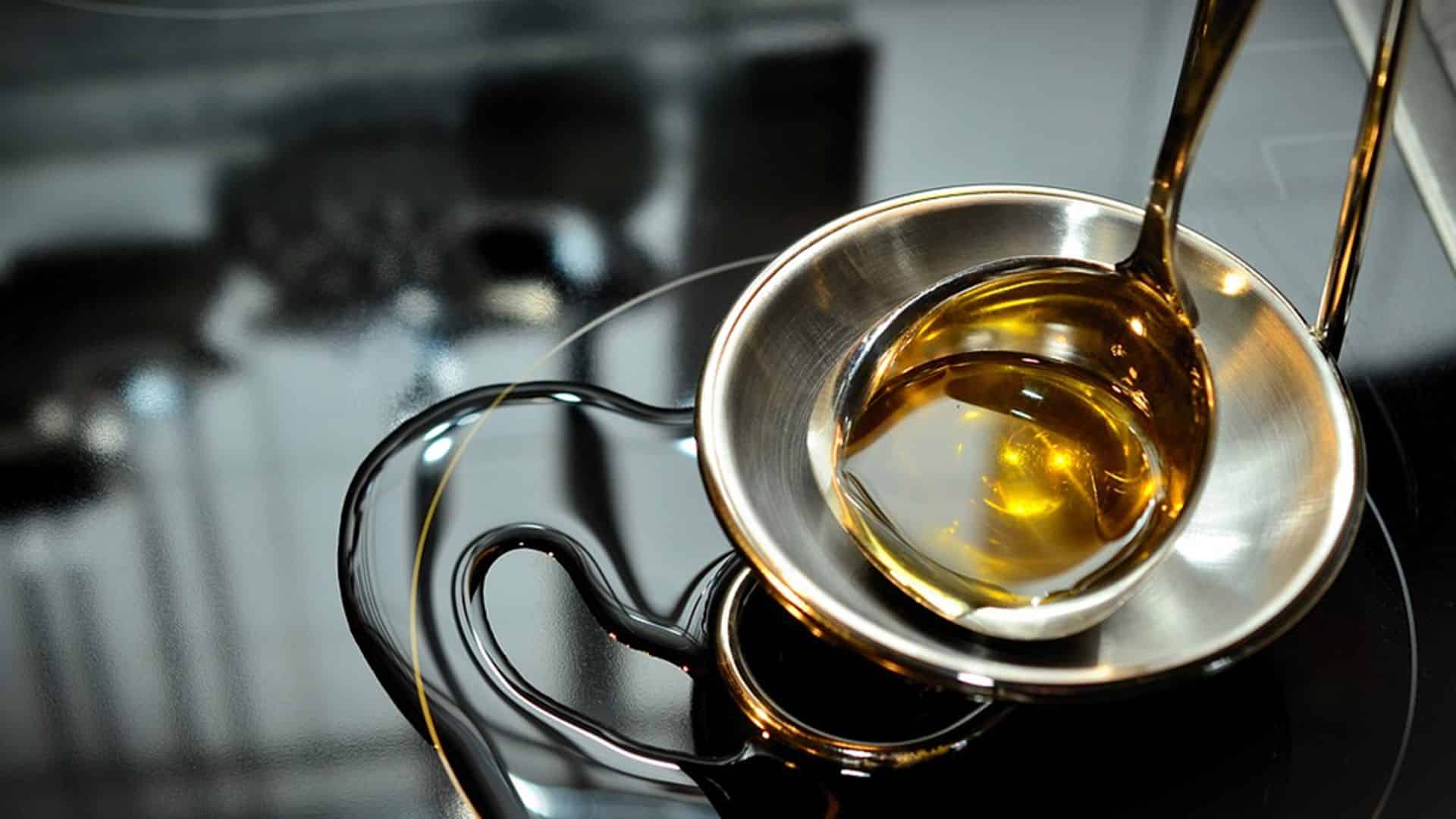Business
Direct retailers to display edible oil prices prominently; act against hoarding: Centre tell states
Amid edible oil prices continuing to remain high, the Centre on Friday asked states to direct retailers to prominently display the prices of all edible oil brands for the benefit of consumers and also take action against hoarding at the level of wholesalers, millers and refiners.
After a meeting with states’ representatives and industry stakeholders, Union Food Secretary Sudhansu Pandey also ruled imposing stock limit on traders as well as the possibility of fixing MRPs (Maximum Retail Prices) for edible oils as he emphasised that market forces will determine the rates in a good competitive environment.
Pandey said the government will take a call on existing import duty regime after analysing the impact of various measures taken to reduce the prices.
According to him, edible oil prices are expected to cool down with the arrival of new kharif crop by the end of this month, declining price trend in global markets and steps taken by the central government.
In the last few months, the Centre has cut import duty on various edible oils and asked states to take details of stock of edible oils and oilseeds from wholesalers, millers, refiners and stockists. It has also announced a Rs 11,040 crore-palm oil mission.
Stressing that the government’s current focus is on ensuring transparency across the supply chain, Pandey said that in today’s meeting, states have been told to ensure that retailers “prominently display the rates of edible oils”.
“… Some states have already notified that they (retailers) have to simply display at what rate it is available. Then it is a consumer choice to make a choice whether to buy x or y brand depending on his own preference,” he noted.
Consumers can choose the cheaper one and brands will also be under pressure to reduce prices, he said, adding that the state governments will enforce the requirement of displaying the prices.
On whether there are plans to further reduce import duty on edible oils, he said, “we have taken certain steps, we will watch how the price behaviour is and then the government will take a call”.
After analysing the price behaviour, an appropriate call will be taken on whether to continue with lower import duty on some edible oils beyond September.
The government has reduced import duty on Crude Palm Oil (CPO) to 30.25 per cent from 35.75 per cent while that on refined palm oil has been cut to 41.25 per cent from 49.5 per cent till September 30.
Import duty on refined soya oil and sunflower oil has also been reduced to 37.5 per cent from 45 per cent till the end of September.
In the last one year, retail edible oil prices in the country have increased in the range of 41 to 50 per cent.
“The import duty was reduced with a purpose to ensure consumers get edible oils at affordable rates. Edible oil is one of the main daily food items of consumers. Looking at rising global prices, the government took measures to increase the production of oilseeds,” he said.
However, Pandey also acknowledged that it takes time to increase production and there was a need to take immediate measures to ensure edible oils are available at affordable rates during the festival season.
Further, the secretary said the country imports much of the edible oils in crude form and refines it locally. Therefore, monitoring stocks at each level will help to know how quickly the edible oils are getting refined and coming to the market, he added.
Asked if the government plans to impose stock limits, Pandey replied in the negative.
“No. No state government suggested there is a need for a stock limit at this stage. They felt that transparency and disclosure should be a good step to ensure cooling down of prices,” he noted.
Global palm oil prices have fallen two per cent in Malaysia while soyabean and palm oils futures are also showing a declining trend.
Pandey said the recent government measures, expected arrival of good kharif soyabean crop by the end of this month and declining global price trend in soyabean oil and palm oil should help cool down the domestic prices.
“The kharif crop of soyabean is expected end of September, prices should start cooling down because the crop is going to be better than last year. So, it is going to have an impact on prices,” he pointed out.
Kharif soyabean crop of the 2021-22 crop year (July-June) is expected to be 5-10 per cent higher than the year-ago period.
It is also expected that rabi (winter) crop acreage under oilseeds will be higher as the government has increased the minimum support price that should encourage farmers to grow oilseeds, Pandey said.
“With all these measures, the government is hopeful that consumers will get relief,” he added.










































